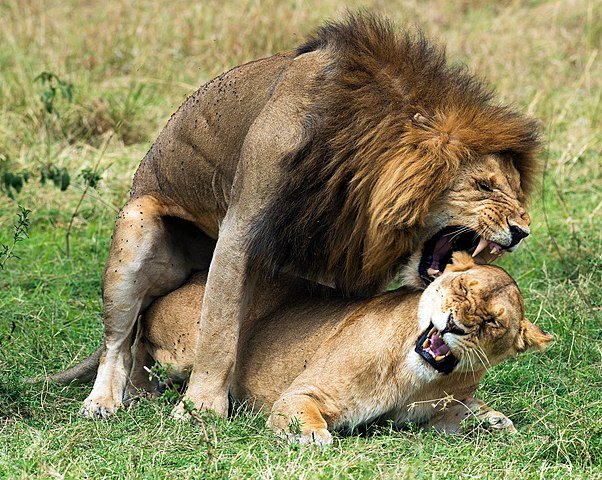English Across the Curriculum
The World of Mammals
How Mammals Reproduce
Mammals reproduce when a male's sperm gets into contact with a female egg and fertilizes it. A young mammal grows inside the female's body. Before this can happen mammals mate. Males and females stay together for a certain time.
Unborn mammals live in their mother's body for different periods of time. While hamsters are born after only 16 days, it takes elephants 650 days to give birth. Human pregnancies last about 9 months. Many new-born mammals, like horses and camels, can walk and run shortly after they are born.
Marsupials give birth to babies that attach themselves to their mothers. They stay in pouches because they are too weak to live alone. Almost all marsupials, including kangaroos, koala bears or wombats live in Australia .
After birth, the glands of female mammals produce milk. Some mammals nurse their babies for only a few weeks. Others, for example elephants, give milk to their babies for a few years.
The duck-billed platypus and echidnas are the only mammals that lay eggs. After the young hatch they drink milk from their mother, just like other mammals do.

